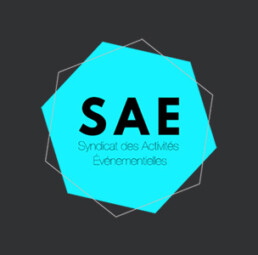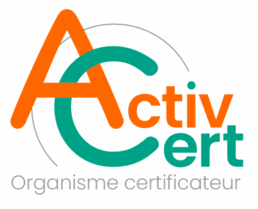Learning from
66 million minutes of virtual event content
Source : AMI
Author: Unknown

Event professionals are feeling the pressure to win back audiences by delivering events that excite attendees. Nowhere is this more of a challenge than in the competitive world of virtual events.
While eventprofs endeavour to understand the needs of the individual audiences they serve, the devil is in the event detail and getting insight into trends shaping virtual event delivery is often much trickier to find. How do event planners curate programmes that engage and retain audiences in a virtual environment?
To answer this question, we sat down with the team behind event tech supplier CrowdComms, who in the last year saw more than 66 million minutes of content streamed to over two million attendees over their platform.
Here are their practical takeaways on what’s hot and what is not in the world of virtual events…
1. Timing is everything
The biggest mistake event professionals continue to make is in the length of content sessions.
Data shows virtual events should aim to deliver no more than four hours of content in one day, separated by breaks and networking. Session length should be no longer than 40 minutes, ideally somewhere between 20-30 minutes, with a ten-minute break between sessions. The biggest mistake? A single stream of content.
CrowdComms client support manager, Pete Mancktelow, explains: “In-person events can often cope better with longer sessions due to the physical presence of the speakers or panel that can help to hold audience attention. In a virtual environment, that connection is slightly lost. We are seeing success from event professionals who keep sessions shorter and punchier.”
It all comes down to having the right content format to help keep audiences engaged.
CrowdComms production manager, Michael Pollard, agrees: “We are still seeing examples where content is not tailored appropriately to the virtual audience. Utilising zoom breakouts and roundtables keeps audiences engaged and breaks up the session format.
“Shorter days, not 9-5, of streaming keeps audiences’ engagement throughout the entirety of the event and is less likely to see a drop-off. It also gives the audience the opportunity to catch up on their work within typical working hours, before and after the event”
2. Encourage interactivity
Event professionals who utilise interactive platform features alongside content delivery benefit from increased engagement amongst their attendees. And it doesn’t have to be complicated.
“We’ve seen clients experience a real uplift in engagement when they have added additional functionality to run alongside their content. Sometimes it’s as simple as encouraging attendees to post a picture from their lunchtime walk or having an ‘Ask an exec’ Q&A function running alongside a session to give audiences that additional value and keep them engaged,” adds Mancktelow .
“Virtual event attendees have been craving a new way to network, collaborate and connect. Event organisers who have been using our Smart Sessions module have found that attendees love having dedicated spaces within the event platform to discuss specific topics, speak to people and watch content together. Naturally, it doesn’t replace in-person networking, but it does create a shared experience, which our clients told us was a big missing piece of the puzzle when delivering virtual events.”
3. Participation = engagement
Audience participation, such as live polling or Q&As, is a must for keeping minds focused. Our attention spans are shorter; nobody wants to listen to the same speaker for longer than is necessary.
Pollard advises incorporating a variety of speakers with differing opinions. “Break up the content; have some speakers, run a panel discussion, include some polls, answer some audience Q&A. Mixing it up keeps it fresh and allows the audience to stay focused on what is happening.”
4. You’ve got to teach the tech
With a vast array of virtual event platforms on offer, attendees can still spend lots of time navigating the platform and organisers can run the risk of disengagement by assuming attendees will ‘find their way’ with the platform.
Encouraging the host or speakers to spend a few minutes introducing the functionality before each session can help get attendees familiar with the platform and interact.
Mancktelow recommends running a fun test poll to get the audience to use the event app or platform. “Getting the audience to practice interacting with the event can make a world of difference when launching a ‘real’ poll or inviting questions during the main sessions.”






